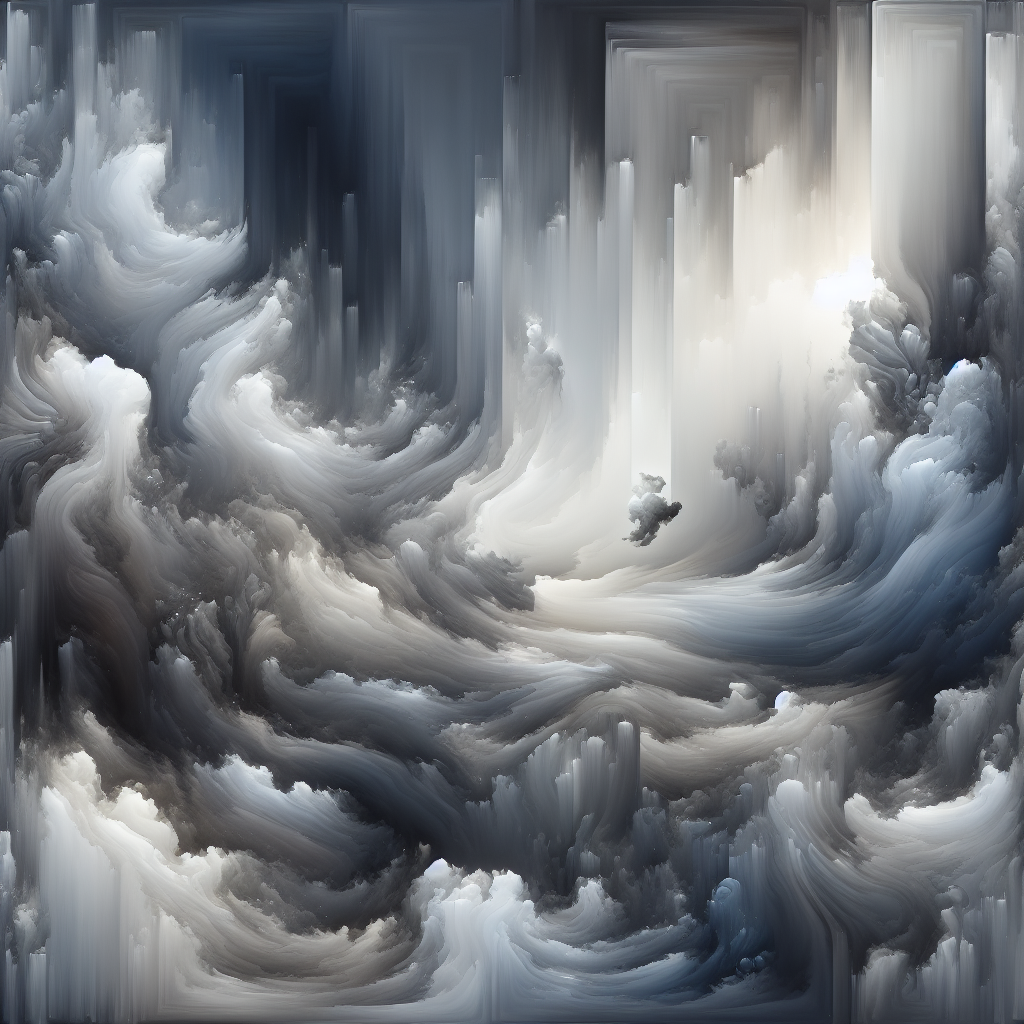The Gray Area: Examining the Ambiguity and Intrigue of the Color Gray
Gray is often considered a neutral, unassuming color. It is not as vibrant as red or as calming as blue, but it holds a certain intrigue and sophistication that sets it apart from other colors. The ambiguity of gray is what makes it so captivating – it can be seen as both dull and elegant, conservative and modern, depending on the context in which it is used.
The color gray is created by mixing black and white, which are often seen as opposites. This duality is reflected in the many meanings and associations of gray. On one hand, gray can represent balance and stability, as it is the middle ground between light and dark. It is a color that is often used in design to create a sense of calm and serenity, making it a popular choice for interiors and fashion.
On the other hand, gray can also be seen as a color of ambiguity and mystery. It is often associated with uncertainty and indecision, as in the phrase “gray area,” which refers to a situation that is not clearly defined. This ambiguity can be both unsettling and intriguing, as it leaves room for interpretation and imagination.
In art and literature, gray is often used to convey a sense of melancholy or introspection. It is a color that is often associated with rainy days and somber moods, evoking a sense of nostalgia and longing. However, gray can also be used to create a sense of sophistication and elegance, as seen in the sleek, minimalist designs of modern architecture and fashion.
The versatility of gray is what makes it such a fascinating color to explore. Its ability to evoke a wide range of emotions and associations makes it a favorite among designers and artists looking to create depth and complexity in their work. Whether used as a backdrop to highlight other colors or as a statement hue on its own, gray has a timeless appeal that continues to intrigue and inspire.


